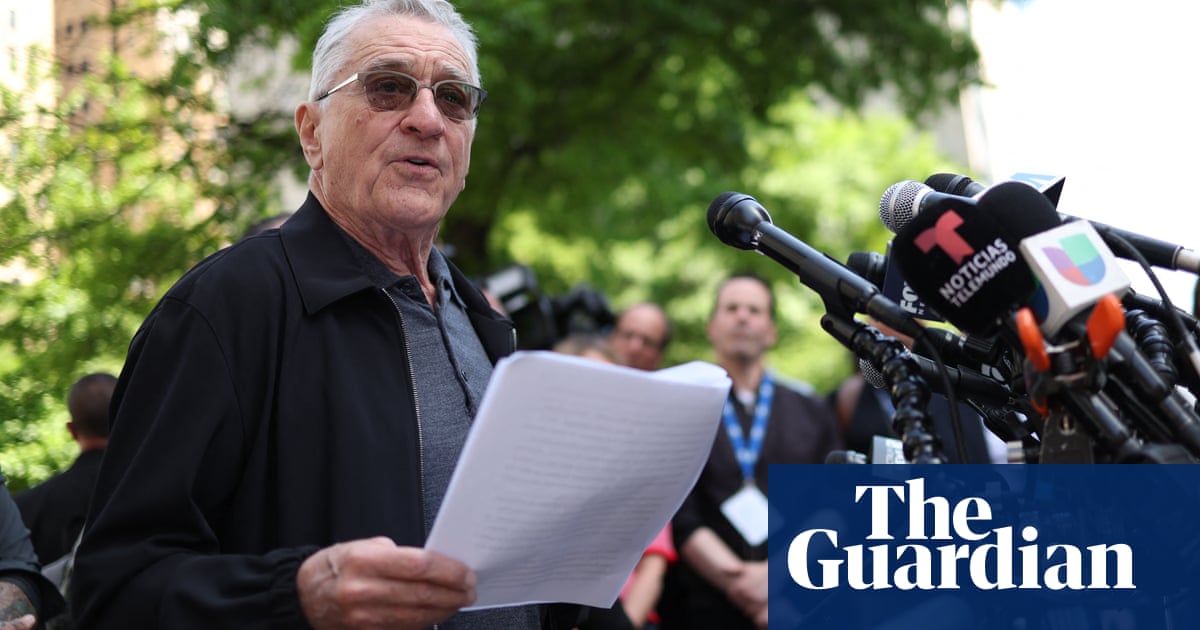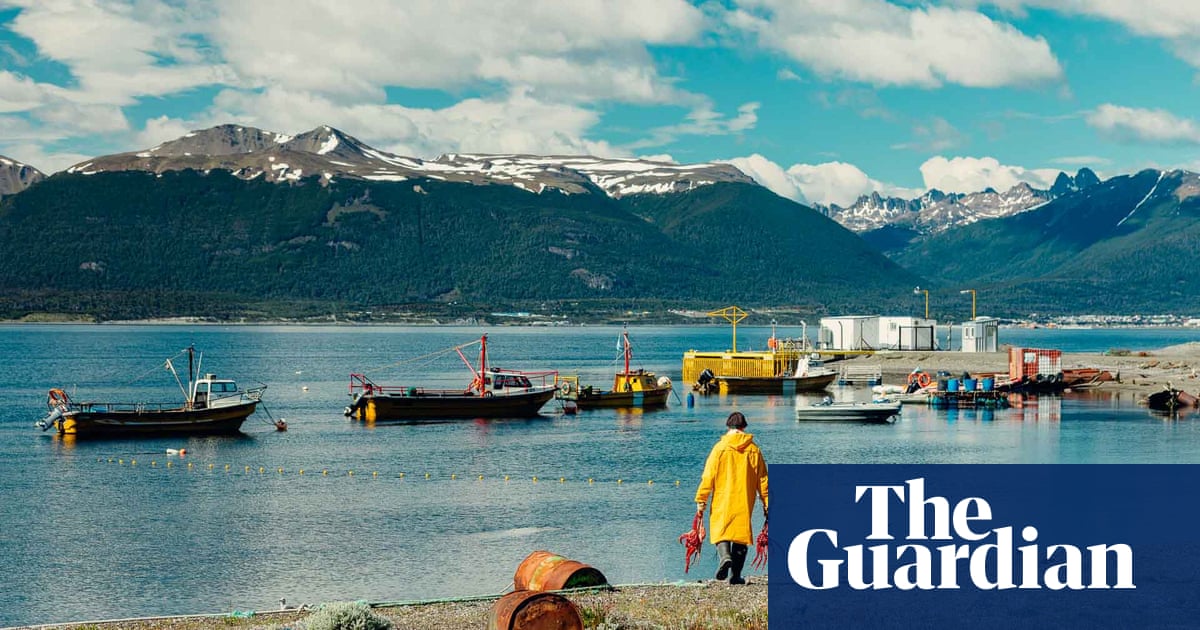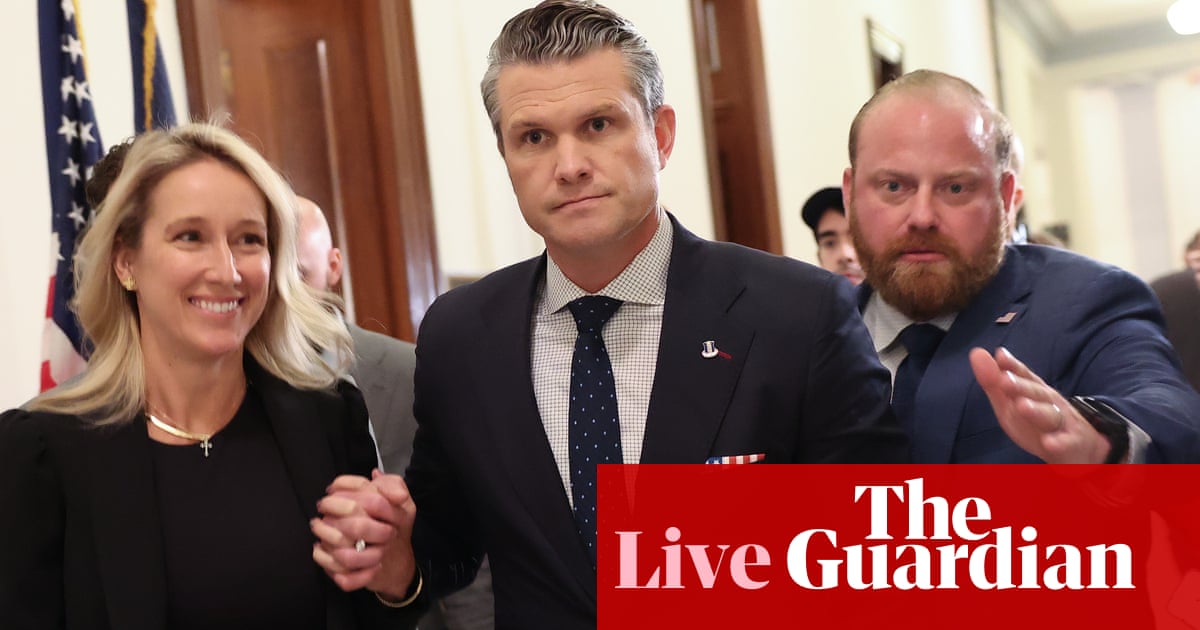For the vast majority of those in the industrialized, affluent west, death was â until the recent Covid pandemic â something exotic, foreign and outside of everyday experience. This distancing from death â and our expectation that we will enjoy a long, healthy, happy and pain-free life â is, so far as I can tell, an anomaly in all of human history. The luxury of viewing death as remote and âotherâ seems to be unique to our particular time and place.
As recently as the 19th century, death and dead bodies were frequently encountered in everyday life. The average life expectancy in the US in 1860 was around 40 years of age, and in the first decades of the 1800s, as many as 50% of children died before they reached adulthood. Death was closely experienced and familiar: it was common to butcher oneâs own animals, deadly epidemics were rampant, and it was not out of the ordinary to die from a surgery or during childbirth.
For our ancestors in the 19th century, a good death was considered one in which you died at home, in bed, surrounded by your friends and family, including the children. This was an era before old-age homes and hospices, when people tended to live in extended families and die in the home. After death, the body would be cleaned, prepared and dressed by (usually female) family members. It would then be laid out in a coffin in the home parlor for viewing, and possibly a wake. The body would be surrounded by flowers, which not only created a feeling of beauty and sanctity, but also helped keep unpleasant smells at bay.
After the death of a loved one, it was common to observe a period of formal mourning, which would be clearly signaled to others by your clothing and jewelry. You might also have marked your home with black ribbons or other ornaments to make it clear to the community that a death had taken place. There were cultural guidelines for what ways â and for how long â to mourn, depending on your relationship with the deceased. Arts and crafts, usually made by women, were part of the mourning process to keep the memory of the dead loved one close at hand.
These traditions began to erode from the late 19th to the early 20th century, a time marked by many social changes. People were living longer â and with a better quality of life â due to medical and hygienic advances. More and more people were dying in hospitals rather than at home. And after death, the body was increasingly tended to by professional (usually male-run) funeral homes, which were employing the new technology of embalming fluid to keep bodies looking fresh for a longer period of time. Personal mourning began to disappear from view, and people saw it as problematic, or even pathological, if it went on too long.
At the same time that death was moving further from the daily lives of many, it simultaneously, perhaps for the first time in human history, became largely unexplained by the traditional methods by which humans have created a sense of meaning â that is, religion, ritual and mythology. The subject of death moved from those realms to that of science and medicine, and while the scientific worldview offers a great many facts about death, it provides us with little sense of meaning. From the perspective of science, not only has death meant simply an end, but it has also commonly been seen as a failure of medical intervention rather than a meaningful rite of passage.
Part of what it means to be human â part of the human condition, if you like â is to be aware that we will, one day, die. To be human is to be aware of, and concerned with, our mortality. The mystery of death has, for millennia, led us to ask the big, existential questions: why are we here? What is the meaning of life? Why do we die? What happens after we die? What is the point of existence?
It is worth reminding ourselves that the vast majority of our ancestors saw the world in a very different way than we do today. They understood their universe to be ensouled or inspirited, with invisible deities intricately entwined with all aspects of life and death. For most of human history, the questions and answers of life and death were sought not in the causal relationships of a historical worldview or the scientific method, but rather through mythology and religion.
In ancient Rome, for example, it was not oneâs genetic inheritance or socioeconomic class that was understood to determine the length and quality of a life, but rather the Fates, a trio of goddesses who spun, wove and cut the threads of life. In Christian medieval Europe, the black plague was understood not as a bacterial illness but, to many, as a sign that the culture â or sufferer â had committed a sin deserving of divine punishment. Similarly, in the Maya world, disease was understood as a result of physical and spiritual imbalance, with illness resulting from the transgression of the laws of nature and society or the captivity of the soul by supernatural beings.
Many people today dismiss myths as simple stories from the past, but the psychoanalysts Sigmund Freud and Carl Jung and the mythologist Joseph Campbell, among many other important thinkers, understood them as narratives that express profound truths about what it is to be human, albeit in a symbolic form. As the Jungian psychoanalyst Marion Woodman points out, myths also, crucially, provide us with a sense of meaning around the trials and tribulations that are an inherent part of the human experience. In her own words: âWithout an understanding of myth or religion, without an understanding of the relationship between destruction and creation, death and rebirth, the individual suffers the mysteries of life as meaningless mayhem alone.â
That said, might there be a myth that we in the industrialized, affluent, secularized west live by today, either consciously or unconsciously? Are there ideas that delineate our worldview about life and death, why we die, and what happens after we die, and undergird our beliefs about the world and the cosmos and our place in it? I am not alone in positing that this myth would be science, or more specifically, the branch of science called scientific materialism.
Scientific materialism, also known as materialistic reductionism or scientism, presupposes that only matter and the concrete world around us â that which can be studied by the natural sciences â exists. In this worldview, human consciousness is understood as brain activity, so it naturally follows that our consciousness ends with bodily death. As far as this cosmology goes, we are only the body; there is no such thing as the soul or a part of us that lives on after bodily death. And when we die? Thatâs it. The end. Game over.
after newsletter promotion
I want to be very clear here that when I propose science as our guiding myth, I do not in any way mean to suggest that I do not believe in science, or that I do not think it is real or true. Instead, I am offering that the lens provided by science might be seen as serving a similar role to that of myth. As the Nobel prizeâwinning biologist François Jacob pointed out: âMyths and science … both provide human beings with a representation of the world and of the forces that are supposed to govern it. They both fix the limits of what is considered as possible.â
Maybe you are lucky enough to have a belief that addresses, in a satisfying way, the mystery of death. But many of us, in this particular historical moment, do not. And, in contrast to the vast majority of our ancestors, we have not been provided with a myth or belief about what happens when we die beyond the scientific model, which posits death as an end. This means that many of us are, whether we like it or not, under an obligation to develop our own belief and understanding or, as Carl Jung would say, our own personal myth.
In my book Memento Mori, I created a 12-week program to help people to think about death in their own way. Below are a few of the prompts I offer to help readers excavate what ideas we may hold about death without even knowing it, and where they might come from. This is an essential first step to making more discriminating, considered choices about what we believe, knowing that the beliefs of our cultures and families are not in any way inevitable or provably true; they are just the traditions we happened to be born into.
This knowledge empowers us to release ideas that are not our own â that may be damaging, toxic, or simply not useful â and replace them with something that feels true to us. Try writing responses to the following questions in a journal.
Questions
-
Death memories. What is your earliest experience of death? How old were you? How did you feel? Was it a pet? A person? How was it talked about by your family? What was your grieving like? How about that of your family?
-
Death in your family. Was death talked about in your family? Were you invited to attend funerals? What were you told when a pet or loved one died? What did you think about what you were told?
-
Associations with death. What are your associations with the idea of death? Without thinking, write down every word that comes to your mind. They might include: fear, decay, end, sadness, grief, rebirth, corpse, horror films, release, surrender ... Added bonus: divide these words into two columns, one for positive associations, one for negative associations. Is there an imbalance between the two?
-
A good death. In the 19th century, a good death was considered one at home, surrounded by family. What is your idea of a good death? Do you hope to die painlessly in your sleep? Would you like to die in a special place? Alone or with someone (or many) you love? Write, in detail, about what an ideal death would look like to you.
-
Thought experiment: death is not the end. The death of the body also meaning the end of our existence is, historically speaking, very new, and it runs counter to the beliefs of people for nearly all of human history in all parts of the world. One fun thought experiment I have enjoyed: what are the odds that all of human history is wrong, and our particular historical moment has it right? Further, what have been the fruits of the past 150 years that we have lived with these beliefs? Has it made a better, kinder society? If it were as simple as choosing, what would you believe? Write down your thoughts.
-
Myths and death. Were you brought up with a mythic or religious understanding of death? What did these stories tell you about your life, your relationship to the natural world, and punishment? What did they tell you about death and what happens after? How did they impact the way your life unfolded? What are your thoughts about it now?
-
How I feel about death. Complete these sentences.
The worst thing I can imagine about death is …
The best thing I can imagine about death is …
The thing that most frightens me about death is …
The thing that most frightens me about being dead is … -
Your own death. Write a short story about your own death, in as much detail as possible. What was dying like? Who, if anyone, was with you? How did it feel? Was there any sort of post-death existence? What was it like?
Joanna Ebenstein is the founder and creative director of Morbid Anatomy.
From Memento Mori: The Art of Contemplating Death to Live a Better Life by Joanna Ebenstein, published by TarcherPerigee, an imprint of Penguin Publishing Group, a division of Penguin Random House, LLC. Copyright © 2024 by Joanna Ebenstein



